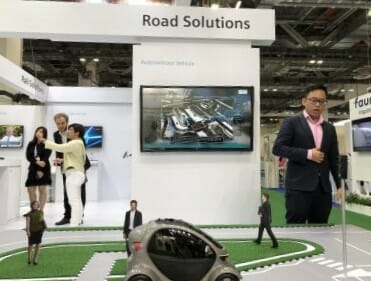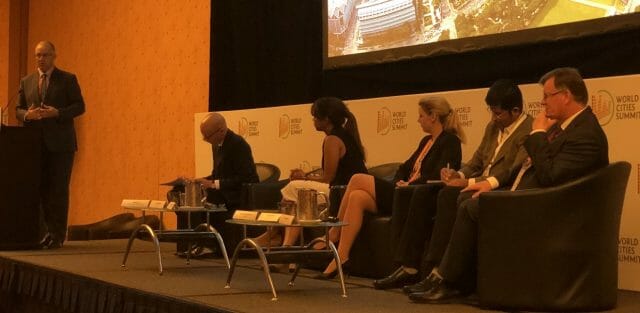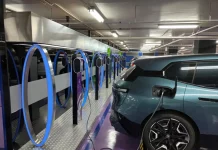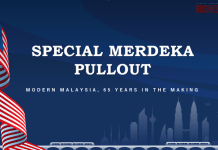For the first time in human history more than 50% of the human population live in cities; this figure is said to increase to 60% by 2030. In simple terms, by 2030, one in every three people will live in cities with at least half a million inhabitants.
Urbanisation is real and there needs to be serious discussion in making cities sustainable for its inhabitants and at the same time, support its surroundings.
At the recently concluded, World Cities Summit 2018 held in Singapore, over 130 mayors and city leaders gathered to share learnings and to address challenges and innovations for future-ready cities.
Interactions at this global platform provided opportunities for city leaders, industry experts and leading academics to explore how cities can be more liveable and sustainable through better urban governance, planning, building resilience and leveraging on innovations.
In addition to combining good governance and engagement with its citizens, urban planner need to consider how cities can become more inclusive, creative and sustainable offering a high quality of life. Citizen involvement and proper communication with stakeholders is crucial in shaping people-centric and liveable cities.
Beyond urban infrastructure, citizen engagement should be integrated for all plans and ground-up processes should be incorporated into day-to-day operations.
Big data presents the opportunity to allow decision-making on the finest details, providing transparency to all citizens and ensuring no one is left out.
From intelligent buildings to smart grids, the complex intricacies of managing a city’s infrastructure requires connecting them all, amassing phenomenal amount of data and state of the art systems to process and analyse them.
Such a system exists as MindSphere, developed by Siemens, the cloud-based operating system. It is an open IOT (Internet of Things) solution that connects products, plants, systems and machines to harness the wealth of data generated by Internet of Things with advanced analytics.
During our visit in the City State of Singapore, Siemens gave us a glimpse of how some of Siemens’ software solution are helping cities in parts of the region, for instance, the City Air Management (CyAM) system, a software tool that captures pollution data in real time and forecasts emissions up to five days in advance. Using algorithms that tap into an artificial neural network, the system draws on historical and current data on air quality as well as weather and traffic patterns to make its predictions.
“Data are really just raw material,” says Roland Bausch, Chief Technology officer and member of the Managing Board at Siemens AG; “they unleash their full potential only when we collect them correctly, analyse them correctly, draw the correct conclusions from them and simulate and run through the resulting options.”
These solutions and related software are part of Siemens’ bigger initiative, which is Digitalisation — the transformation of processes from power plants, transport network, commercial or industrial facility and making them more efficient.
Preparing for CAVs – Connected and Autonomous Vehicles
His Excellency the Lord Mayor of Adelaide, Mr Martin Haese, believes technology provides solutions for many of today’s challenges and opportunities. He said this while speaking at the World Cities Summit, pointing out the importance of technology and the need to embrace it even if it may seem disruptive.
Adelaide is one of the early cities preparing for the advent of connected and autonomous vehicles (CAVs) with the rolling out of electric stations at various parts in the city and planning for the influx of such vehicles.
A report by Siemens indicates the need for cities to plan early and tackle the issue in a wider context of mobility transformations.
The study explores the interdependence between urban development, public transportation policies, power supply, pollution and in the increasing share of CAV in city traffic. The future of cities with CAV could look very different!
There are currently 1.2 billion people on the roads around the world; this represents a ten-fold increase over the last six decades. Motor vehicles have shaped our world and with it many urban centres. They play a huge role in our everyday lives, whilst they have brought many benefits they also contribute to many of the urban challenges like congestions, air and noise pollution.
CAVs offer means to remove some of these challenges as they will be electric powered hence reduced carbon emission, which then mitigates the greenhouse effect.
The wider picture
But by just replacing conventional vehicles on a congested road with CAVs without having in place policies and regulations to maximise the potential for these electric vehicles to deliver social and environmental benefits, will be a missed opportunity by city governments.
“Autonomous vehicles must be part of a wider transformation of urban areas,” says Peter Dew Uban Development and Environment Director at Siemens; “cities need to ensure that they work towards putting people first and not cars or we risk repeating the mistakes of the past.”
To maximise the benefits of automation and the introduction of CAVs, the report recommends harnessing the advance of four transformations in unison: automation, electrifications, digital connectivity and shared mobility.
These are exciting times for the evolution of urban infrastructure, mobility and communal benefit. Developments in technology that allow greater ease and convenience for urban dwellers of the present and the future will hopefully mean greater safety and sustainable preservation of urban dwelling for generations to come.










